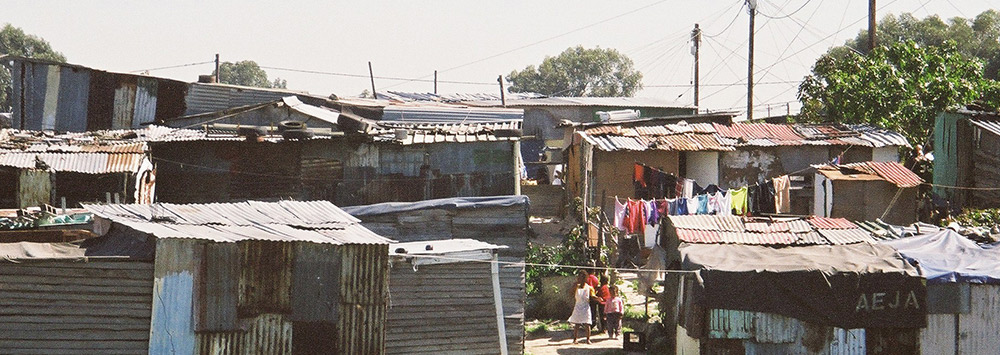POPULATION SURFACES AND SPATIAL INEQUALITIES (THEME 1)
Theme 1 of the project is focusing on the extraction and processing of data from the 1996, 2001 and 2011 Censuses of South Africa. Selected variables are providing the basis for a detailed analysis of population change over small areas between 1996 and 2011. Key variables are likely to include age, gender, race, employment, educational attainment, housing type, disability and health. The data are available at a variety of spatial levels from Statistics South Africa. Given that the small areas used to report counts in 1996, 2001 and 2011 differ, the second stage of analysis will entail the transfer of counts from 1996, 2001 and 2011 geographies to a common output system. This is based on a combination of (i) standard GIS overlay procedures and (ii) use of spatial information on the changing distribution of population within South Africa, including classified Landsat remotely imagery. A provisional target is to determine counts over a grid with 120m by 120m cells (multiples of the 30m by 30m Landsat image cells) in urban areas.
The second stage of the analysis is focusing on profiling small areas of South Africa in 1996, 2001 and 2011. This entails characterising areas by their demographic, social, economic and migration profiles, but also by their racial composition. This element of the project is likely to rely on area classification using a multivariate statistical approach such as principal components analysis. Using such an approach, it is possible to identify areas which have some combination of features (e.g., a young age profile, high population turnover and a diverse racial mix). The emerging findings from this stage of the work will help to inform the selection of geographical areas be targeted for qualitative fieldwork. The South African Index of Multiple Deprivation (see Figure 1) (Noble and Wright 2013) provides a starting point both in terms of identifying key facets of deprivation but also for developing measures of spatial inequality. Spatial inequalities link to the notion of residential segregation and the team will apply a suite of measures of key dimensions of social, economic and racial segregation within small areas (see McLennan et al., 2015). These measures of spatial inequalities will be integrated into the area profiles and areas will be classified according to their population characteristics but also by the ways in which they are geographically unequal.
